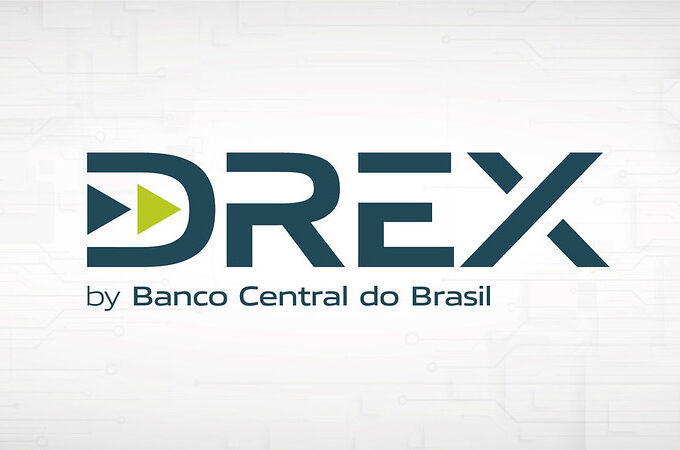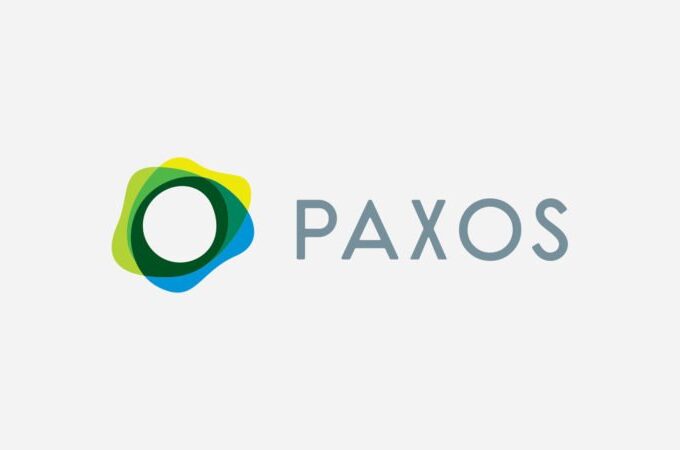
McKinsey Predicts $2 Trillion Tokenized Asset Market by 2030, Highlighting Challenges and Opportunities
In a recent report, global consulting firm McKinsey & Company forecasts that the market for tokenized financial assets could reach approximately $2 trillion by 2030, with a potential upside of $4 trillion in a bullish scenario. This projection, while significant, is more conservative than previous industry estimates, reflecting the complex realities of integrating blockchain technology into traditional finance.
McKinsey’s analysts note that tokenization, the process of creating digital representations of assets on blockchain networks, has gained “visible momentum” despite a “cold start.” The adoption of tokenized assets is expected to occur in waves, with certain asset classes leading the charge. Cash and deposits, bonds, exchange-traded notes (ETNs), mutual funds, exchange-traded funds (ETFs), loans, and securitization are anticipated to be at the forefront, potentially reaching a combined market capitalization of $100 billion by 2030.
The report highlights several benefits of tokenization, including enhanced liquidity, operational efficiencies, and new revenue opportunities through innovative use cases. However, it also emphasizes the challenges in modernizing existing financial infrastructure, particularly in a heavily regulated industry.
“Broad adoption of tokenization is still far away,” the McKinsey report states, pointing out that many financial institutions remain in a “wait and see” mode. The analysts suggest that early movers who successfully navigate this transition could capture an “oversized market share” and potentially influence industry standards.
To overcome the “cold start” problem – where tokenized assets require users to derive value, but limited liquidity deters issuance – McKinsey emphasizes the need for use cases that offer clear advantages over traditional finance systems. The tokenization of bonds is cited as an example where benefits over conventional issuance are currently marginal, and secondary trading remains scarce.
The report also touches on the importance of developing a “minimum viable value chain” (MVVC) for each asset class to enable the scaling of tokenized solutions. This requires collaboration between financial institutions and market infrastructure players to create interconnected systems that can handle trillions of dollars in transaction volume.
Looking ahead, McKinsey identifies several key indicators that could signal tokenization reaching a tipping point. These include the development of blockchain technologies capable of handling high transaction volumes, seamless connectivity among different blockchains, and regulatory advancements providing clear guidelines on data access and security.
As the financial world stands on the brink of this potentially transformative era, McKinsey advises institutions to assess their product suites and identify assets that would benefit most from tokenization. The report suggests that stakeholders should consider how tokenization might accelerate strategic priorities such as entering new markets, launching new products, or attracting new customers.
While the path to widespread tokenization adoption presents challenges, McKinsey’s analysis underscores the significant opportunities for those who successfully navigate this emerging landscape. As the industry evolves, the report serves as a valuable roadmap for financial institutions looking to position themselves in the future of tokenized assets.





